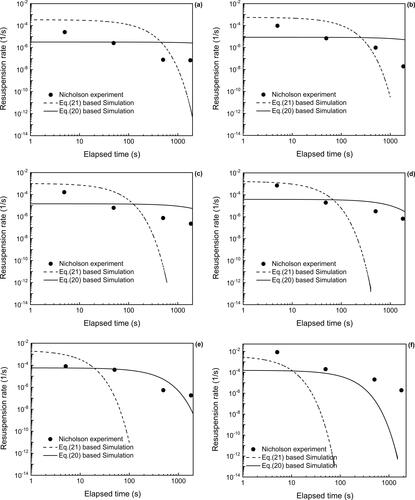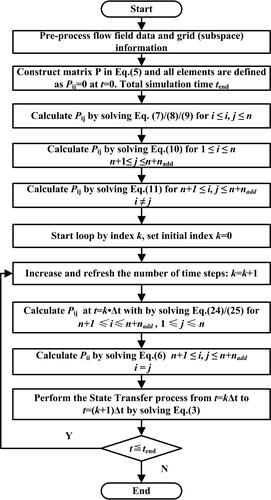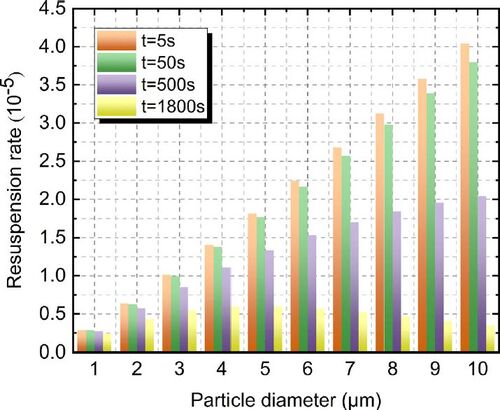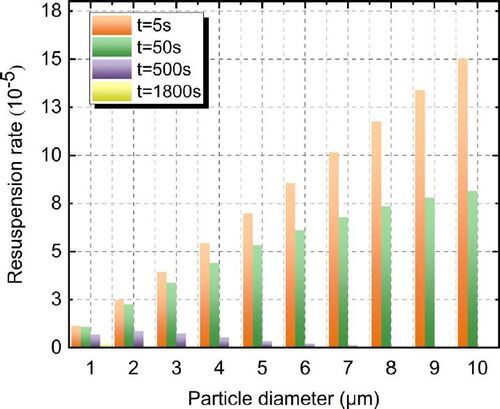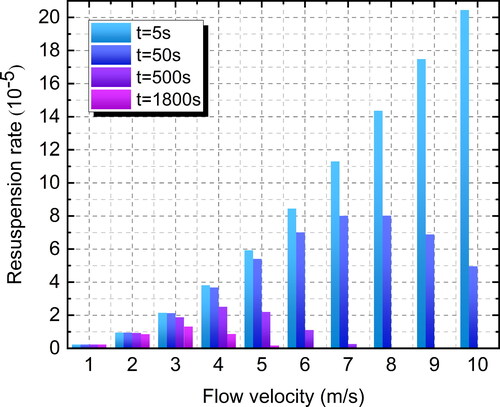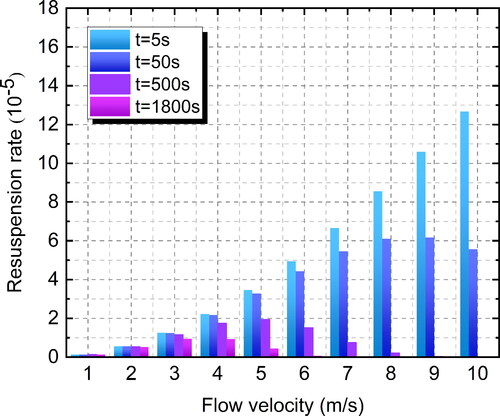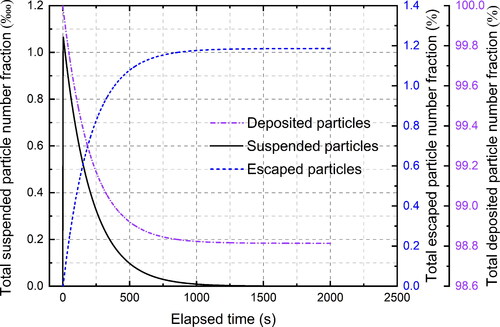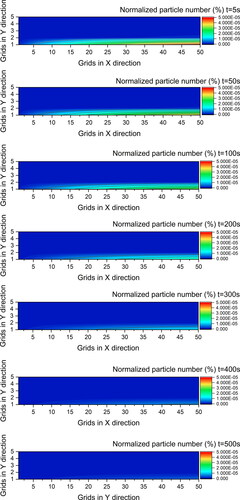Figures & data
Figure 1. Diagram of the configuration of a 2D computational domain for particle passive transfer and resuspension.

Figure 2. Diagram of turbulent bursts on particle laden surface of a single subspace, the left part shows the top impingement view of several bursts and the right part shows the front view of a single burst.
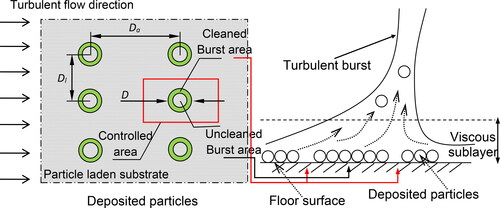
Figure 3. Configuration of the ventilation duct for model validation Case 1 (particles are uniformly deposited on the floor surface).

Figure 5. Comparison of particle resuspension rate between simulation/modeling results and experimental data in validation Case 1 for 4.1 μm (left part) and 9.6 μm (right part) particles under various mainstream velocities (a) and (b) 3 m/s, (c) and (d) 4.5 m/s, and (e) and (f) 8 m/s.
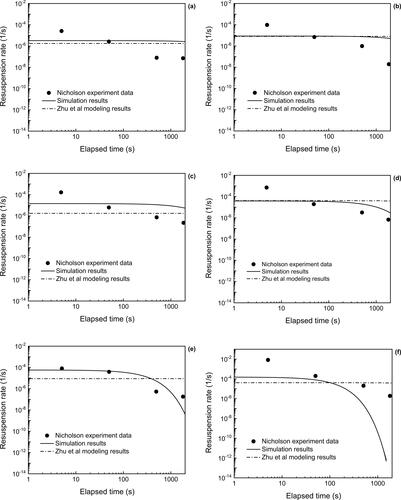
Figure 6. Comparison of particle resuspension rates between simulation results and experimental data in validation Case 2 for different wind speeds at 990 s, 2790 s, 6390 s, and 13590 s.
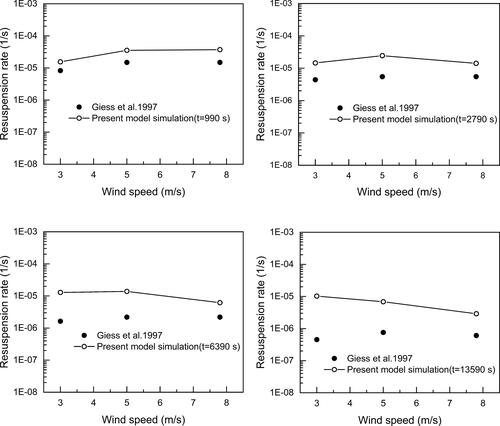
Figure 7. Effects of resuspension fraction of a single turbulent burst on resuspension rate for 4.1 μm (left part) and 9.6 μm (right part) particles under various mainstream velocities (a) and (b) 3 m/s, (c) and (d) 4.5 m/s, and (e) and (f) 8 m/s.
